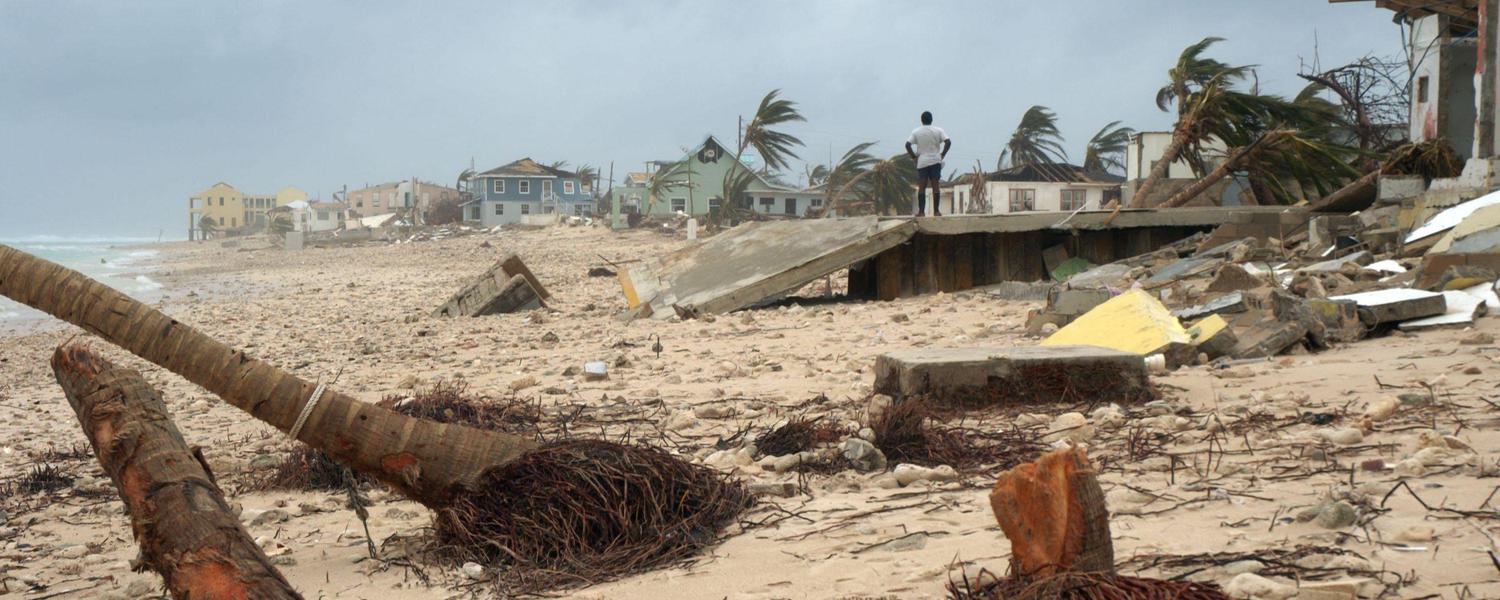Although the Cayman Islands are located in an area which can and does get affected by hurricanes, other natural disasters can occasionally affect us as well. Learn how to prepare for natural disasters in the Cayman Islands from hurricanes to earthquakes.
On This Page
The Cayman Islands Government has developed a dedicated department, known as Hazard Management Cayman Islands (HMCI), which is tasked with responding to both man-made and natural disasters, should they occur. They are responsible for the National Disaster Management Programme, which includes preparedness, response, mitigation and recovery. Their main aim is to protect Cayman's residents and visitors by being prepared for every scenario of a disaster. This includes working with emergency responders to reduce loss of life, suffering, property and environmental damage.
Hurricane Preparednesskeyboard_arrow_right
A hurricane is a large rotating system of wind and water originating in the tropics with sustained surface winds of at least 74mph or more. Hurricanes can be very dangerous and Hurricane Ivan was Cayman’s last major storm in September 2004. Two lives were lost during Ivan, and the Islands sustained a severe battering from 150 mph winds.
The hurricane season runs from the 1st of June to the 30th of November every year, so it is important to maintain a level of hurricane 'readiness' if you live here. But not to worry, this section of Cayman Resident is your personal hurricane preparedness guide, from where to shelter if you live in a low lying area to what company sells solid hurricane shutters.
Read MoreEarthquakes and Tsunamiskeyboard_arrow_right
The Cayman Islands are located close to the boundary zone of the Caribbean and North American tectonic plates. This transform boundary, where the plates slide past each other, is known to generate earthquakes. Read on for more information on what to do to prepare for, or in the event of, an earthquake and the possible resulting tsunami.
Read MoreWaterspouts and Tornadoeskeyboard_arrow_right
Waterspouts can be described as a rotating column of water and spray formed by a whirlwind occurring over the sea. These are often confused with tornadoes which are a very rare phenomenon for the Cayman Islands.
Read MoreEmergency Alert Systemkeyboard_arrow_right
Hazard Management of the Cayman Islands (HMCI) has developed an Island-wide Emergency Alert System that notifies the public when a threat is declared.
Read MoreImportant Numbers and Websites
In the event of an emergency, the phone numbers listed below will be able to assist you and, if you need it, these services will direct you to your nearest shelter.
Please bear in mind that ambulances will not be running during a hurricane, so if you have a health issue that may require medical attention it is best to go to an Emergency Medical Centre (EMC) shelter.
Helpful Numbers:
- Police/Fire/Hospital/Ambulance: 911
- National Emergency Operations Centre (NEOC): (345) 949 6555
- Hazard Management CI: (345) 945 4624
- Red Cross: (345) 949 6785
The websites listed below may be the best source of information on the disaster and provide you with the latest updates. You can also get updates from Radio Cayman (89.9FM in Grand Cayman and 93.9FM in the Sister Islands). A battery operated radio is an invaluable resource in the event that your home or place of shelter loses power.
Helpful Websites:
- Cayman National Hurricane Committee: www.caymanprepared.gov.ky
- Hazard Management Cayman Islands: www.facebook.com/caymanprepared
- Cayman Islands Government: www.gov.ky
- US National Hurricane Center: www.nhc.noaa.gov
- Caribbean Hurricane Network: www.stormcarib.com
- Weather Underground: www.wunderground.com




